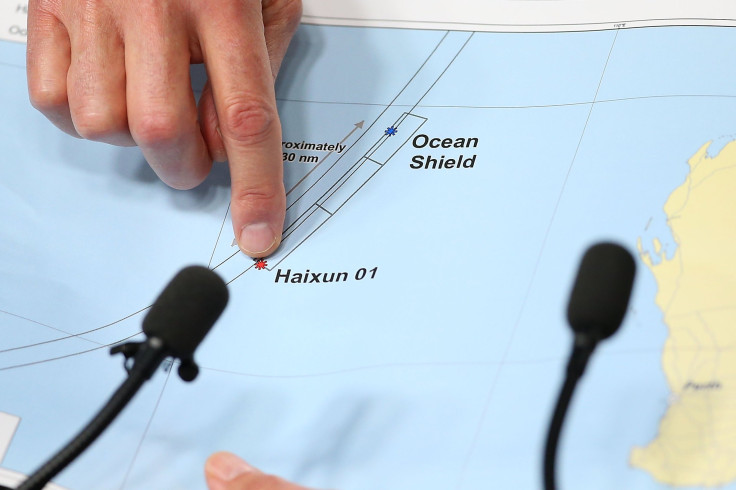Flight MH370 Update: Debris Drift Modeling Study Planned As Search Winds Down

Investigators looking for missing Malaysia Airlines Flight 370 expect to wrap up their hunt by December, the Joint Agency Coordination Centre revealed Wednesday in an operational update. The announcement, though it didn't give further details, contained the most specific search end date mentioned in weeks.
Until Wednesday, the center would only confirm that it had swept more than 110,000 square kilometers of the predetermined 120,000-square-kilometer area for evidence. The search, originally scheduled to end this summer, stalled due to bad weather in the Indian Ocean.
But now the two vessels involved in the search are ready to get back to work. "Fugro Equator is in the search area and conducting search operations," the update read. "It is anticipated that around October weather conditions will have improved sufficiently to allow the deployment of a Remotely Operated Vehicles (ROV) from Dong Hai Jiu 101."
Authorities have been searching for debris since MH370 vanished in March 2014 en route from Kuala Lumpur to Beijing with 239 people on board. However, the costly scan of the Indian Ocean hasn't turned up any evidence, causing ministers from China, Australia and Malaysia to decide last month to suspend the search once the 120,000 square kilometers had been fully checked over.
Amateurs have surfaced various wing, engine and cabin parts linked to the Boeing 777. As the official search winds down, investigators plan to carry out a detailed drift study to figure out how one particular piece of debris — a flaperon found last year on Reunion Island — may have traveled due to certain winds and waves, according to Wednesday's update.
"On its own this information will not be able to identify the precise location of the aircraft," the center wrote. "It is hoped, however, that when added to our existing knowledge and any future learnings a specific location of the aircraft will be able to be identified."
© Copyright IBTimes 2024. All rights reserved.






















